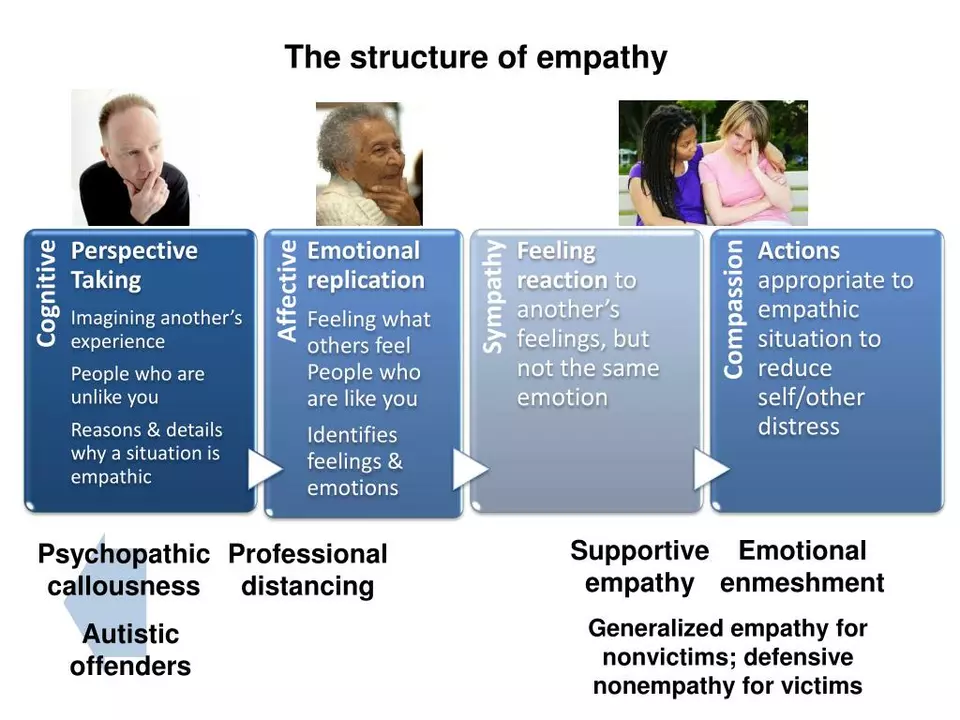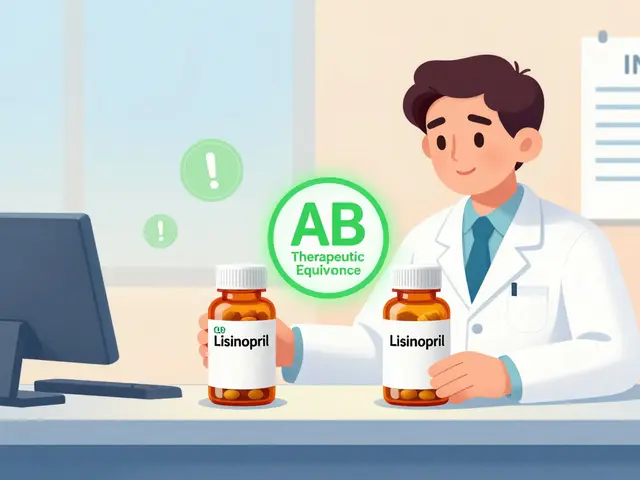Relationship: How Health, Meds, and People Connect
Relationships aren’t just between people—health shows up in relationships everywhere: between drugs, diet and disease, caregivers and patients, and even the environment and infections. This page gathers practical guides that explain those links and give you concrete steps you can use today.
When medicines interact with each other and with life
Mixing drugs or pairing medication with certain foods can create problems fast. If you’re on blood thinners like warfarin, small changes in diet or new prescriptions matter (see “Coumadin (Warfarin): Uses...” for details). For seizure meds like Dilantin, watch dosing and monitoring closely so levels stay safe. Want alternatives? We’ve got straightforward comparisons for meds like Symbicort, Metformin, Cialis and more so you can see trade-offs clearly.
Online pharmacies are convenient but not all are safe. Read the buyer guides we link here—about Xenical, Temazepam, Toradol and whole-site reviews like CanPharm and RoidBazaar—to learn how to check accreditation, spot fake sites, and verify shipping and payment options before you click buy.
People, behavior, and the health links that matter
Anxiety and addiction feed each other. If someone uses substances to quiet anxiety, the short relief often makes the anxiety worse long-term. The article “Anxiety and Addiction” lays out simple steps: get professional help, set small coping goals, and remove easy access to substances while building healthier routines.
Parenting and school life bring different relationship challenges. Kids with autism face higher bullying risk—our guide offers concrete ways to protect and support them: teach specific responses, work with teachers, and build safe peer connections. These are things you can start this week.
Diet and disease link up in surprising ways. The keto diet can relieve weight for some, but it may worsen reflux or erosive esophagitis for others. The keto piece helps you test changes safely: keep a food diary, try small shifts, and check with a clinician if symptoms flare.
Environmental relationships matter too. Climate shifts change infection patterns and fungal risks. The climate piece explains what signs to watch for in your region and when to seek medical advice early.
How to use these resources: pick one practical guide that fits your situation—med safety, online pharmacy caution, addiction help, or family support—and follow the step-by-step tips inside. If you’re unsure about a drug swap or a med interaction, save time and risk by asking a pharmacist or your clinician with the article title as a reference.
Want something specific? Try the posts on alternatives to common meds (Metformin, Hydrocodone, Symbicort, Cialis) when cost or side effects matter. For quick safety checks, read the online pharmacy reviews before ordering, and use the monitoring tips for drugs like imipramine, amiloride, and Dilantin to stay steady and safe.
Health is full of relationships. Learn the links that affect you, act on one clear tip, and keep asking questions—small steps keep things simple and safer.
In my latest blog post, I explored the fascinating connection between weakness and empathy. I discovered that acknowledging our own weaknesses can actually help us be more empathetic towards others. By recognizing that we all have flaws, we can better understand the struggles and challenges faced by those around us. This in turn allows us to be more compassionate and supportive in our relationships. Ultimately, embracing our weaknesses can lead to stronger, more empathetic connections with others.



